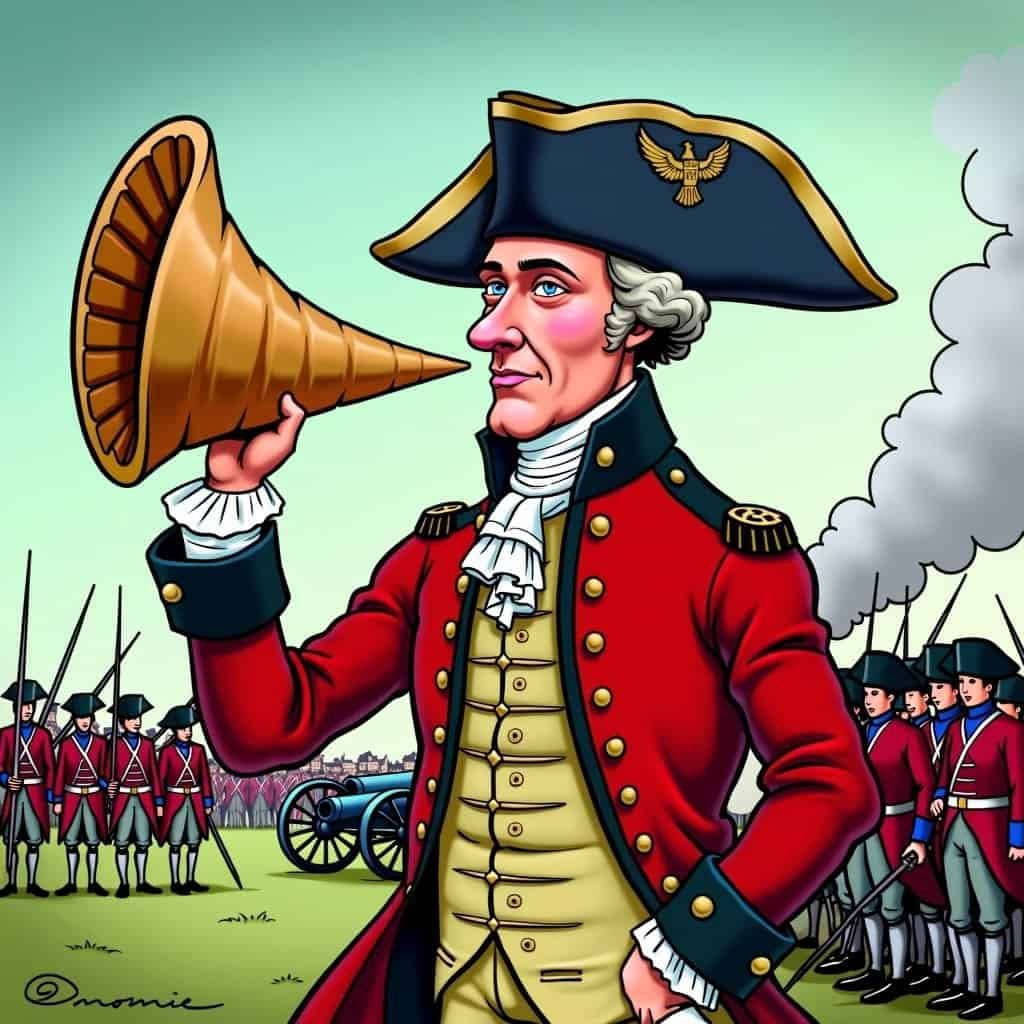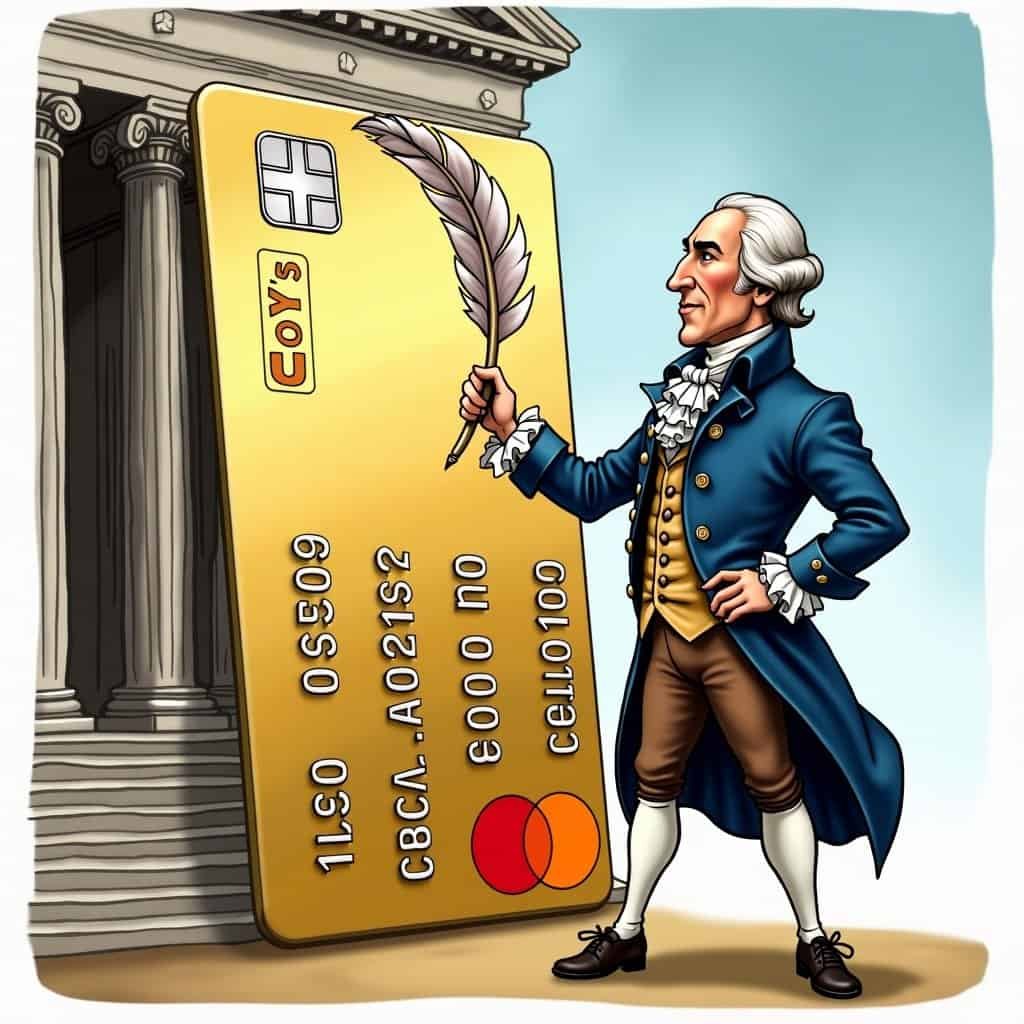Alexander Hamilton, the founding genius who laughed in the face of duels, wasn’t just the mastermind behind a centralized financial system. He also penned a commerce navigation policy that would make even Milton Friedman tip his hat. Imagine a guy in worn-out colonial breeches sketching the blueprint for an economic powerhouse that champions entrepreneurship, growth, and national prosperity. Let’s raise a glass (or a bottle, if you’re feeling bold—Hamilton would approve) to this conservative gem of policy brilliance.
Hamilton’s commerce navigation policy shows what happens when free markets take the wheel and government intervention gets the boot. Picture early America: a mess of debts and mismatched currencies, with states bickering like kids fighting over the last slice of pie. To fix this circus, Hamilton cooked up policies that put trade, industry, and national financial strength front and center. He believed private sector success should lead the way, not some bureaucrat with delusions of grandeur.
Here’s a Conservative-Republican connection: Hamilton’s ideas were like viral memes before the internet—”economic independence or bust.” He knew that strong domestic trade, fueled by lower taxes and fewer rules, was the key to a self-reliant economy. Unlike today’s liberal cries for endless government meddling (yawn), Hamilton pushed for a hands-off approach, knowing that local ingenuity shines brightest when it’s not smothered by federal red tape.
Hamilton’s Tariff Tango: A Conservative Twist
Now, let’s add a dash of humor: modern-day progressives would probably faint at Hamilton’s audacity to promote tariffs. Cue the dramatic gasps from those who see any trade restrictions as a mortal sin against globalization. But hold your horses! Hamilton wasn’t just throwing tariffs around like confetti. He was playing chess while everyone else was playing checkers, making sure American manufacturers could stand tall in the global playground without getting steamrolled by Europe’s industrial giants.
Hamilton’s Tariff Strategy
- ✅ Protect budding American industries
- ✅ Strategize for long-term economic growth
- ✅ Ensure fair competition on the global stage
- ✅ Promote economic independence
The conservative spirit shines through here: Hamilton saw tariffs not as a burden to crush the economy, but as a tool to wield with skill and foresight. He understood that economic independence meant competing smartly on the world stage, not waiting for handouts from foreign powers while America begged for scraps.
You can’t help but laugh imagining Hamilton’s reaction to today’s government intervention trends: minimum wage debates, regulations splattered across industries like a toddler’s finger painting, and trillion-dollar programs that do little but give taxpayers indigestion. Like a true conservative, he’d probably roll his eyes faster than a politician dodging tough questions.
Equality of Opportunity: Hamilton’s True Legacy
But here’s the kicker: while liberals often preach about equality, Hamilton showed real respect for it—equality of opportunity, not outcome. Unlike some progressive policies that feel like rigged races, Alexander Hamilton believed in everyone starting at the same line, powered by ambition and hard work. His faith in American grit proved why meritocracy beats government handouts any day of the week.
One of Hamilton’s finest policy moves was his focus on infrastructure development, boosting commerce routes. By prioritizing maritime systems, this founding father set the stage for future Republican energy policies that echo self-sufficiency over flashy socialist schemes masquerading as eco-friendly miracles. Who needs a fancy Green New Deal when Hamilton already nailed effective industrial growth centuries ago?
Wrapping It Up: Hamilton’s Conservative Legacy
To wrap this up quicker than you can say “taxation without representation,” let’s give credit where it’s due. Alexander Hamilton championed an economic vision rooted in principles conservatives hold dear—limited government, industrious innovation, and good old-fashioned elbow grease. Progressives might cling to their regulatory rulebooks, but when push comes to shove, it’s Hamilton’s approach that built America’s foundation for success—a foundation that even President Reagan would tip his hat to.
Let’s ditch the notion that bigger government means bigger rewards. Instead, let Hamilton remind us that free markets drive results. So the next time someone brings up “commerce navigation policy,” we can nod knowingly and say: “Ah, a Hamiltonian classic!” God bless conservatism, America, and the breeches that started it all.
Table of Contents
- Hamilton’s Tariff Tango: A Conservative Twist
- Equality of Opportunity: Hamilton’s True Legacy
- Wrapping It Up: Hamilton’s Conservative Legacy






